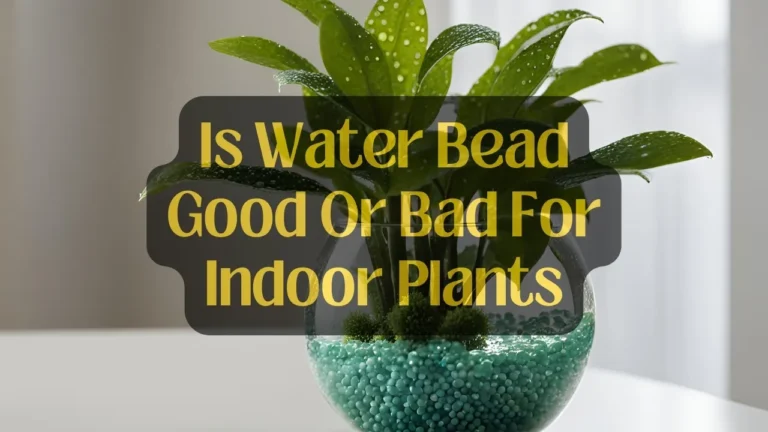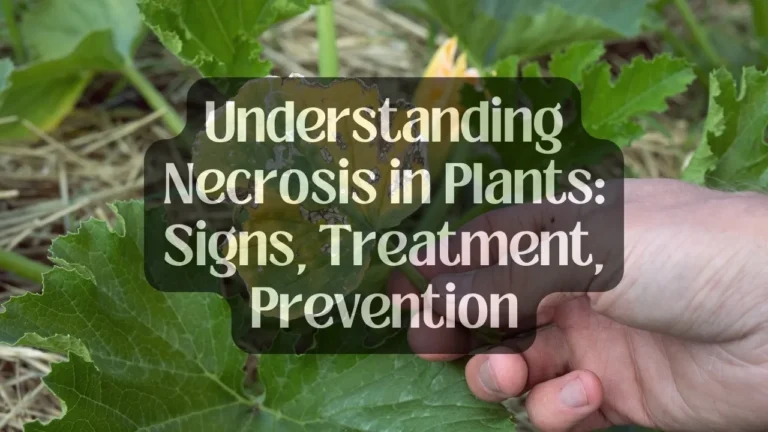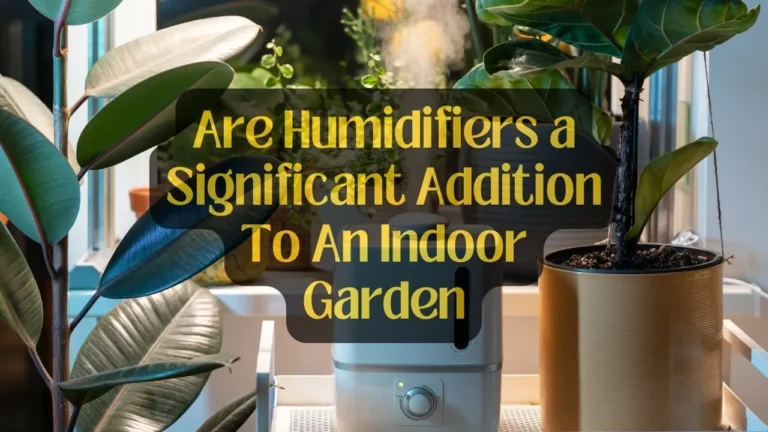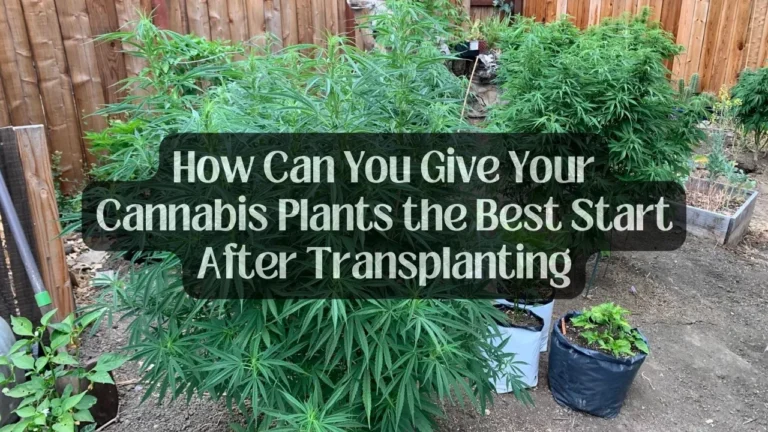What’s the Deal with Spindly Plants? Etiolation Explained
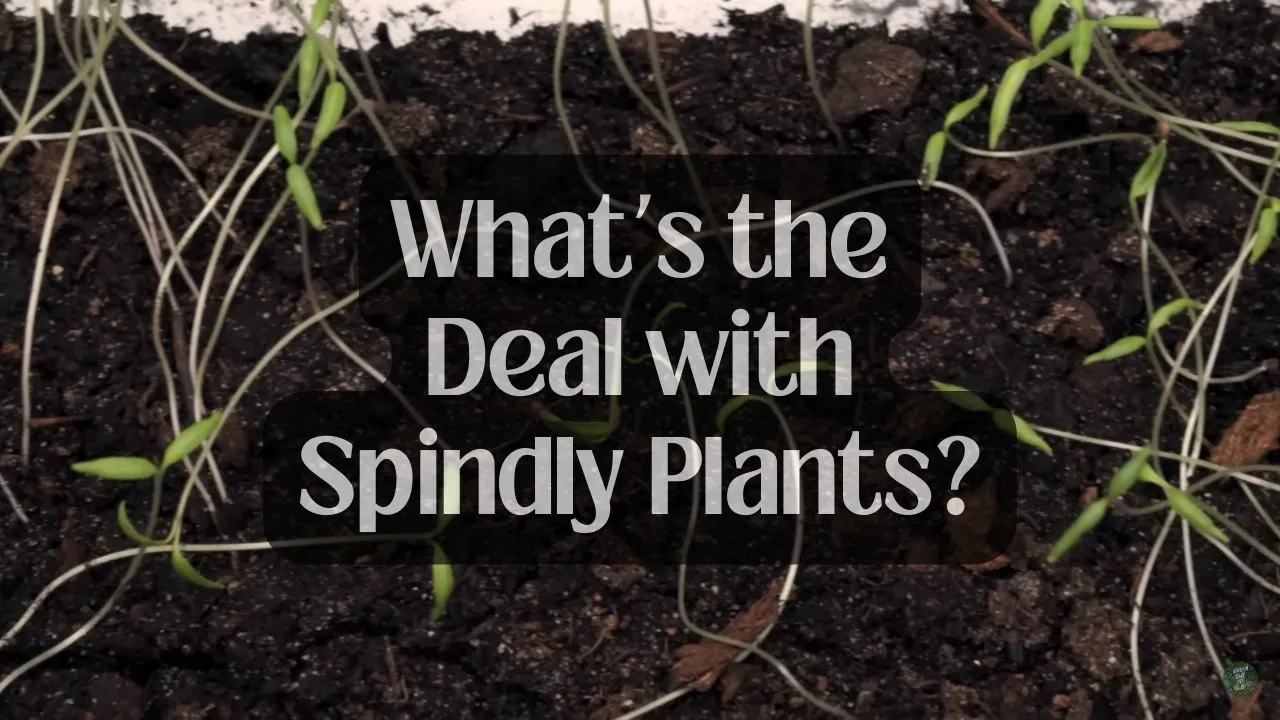
Have you ever experienced your green friends experiencing a condition known as etiolation? Don’t worry, it’s not a disease – it’s just a plant’s way of seeking more light.
Plants stretch (etiolate) indoors seeking more light. Prevent it by giving them bright light or using grow lights, rotating pots for even growth, and not crowding plants. Just know the ideal habitat and light requirement of your indoor plants and make sure they have the light they need.
I’ll try to come up with all the vital insights of etiolation in indoor plants. I’ll also provide a list of common plants and their light requirements. Keep on reading!
Table of Contents
What Exactly Is Etiolation?

Etiolation (ee-tee-oh-lay-shun) is a fancy word derived from the French term “étiolé,” meaning “to blanch.” It describes a plant’s natural response to insufficient light. When deprived of adequate sunlight, plants undergo a series of changes to try and reach those precious rays.
Instead of developing chlorophyll-rich tissue, etiolated plants produce etioplasts – structures that can eventually transform into chloroplasts once exposed to light. This process is regulated by plant hormones, particularly auxin, which controls stem elongation and other growth processes.
The Telltale Signs of Etiolation
If you suspect your plant might be etiolated, keep an eye out for these common symptoms:
- Spindly Stems: Etiolated plants often have long, thin, and pale stems as they stretch toward any available light source.
- Sparse Foliage: The leaves on etiolated plants may appear sparse and pale due to the lack of chlorophyll production.
- Weak Structure: With elongated stems and weakened cell walls, etiolated plants can become fragile and prone to breakage.
- Yellowish Hue: The absence of chlorophyll can give etiolated plants a sickly, yellowish-white color, also known as chlorosis.
While etiolation itself doesn’t directly harm the plant, it can make it more vulnerable to other issues, such as disease, pests, and environmental stresses.
Why Does Etiolation Happen? Common Lighting Issues!

Etiolation is a natural survival mechanism for plants, especially during germination or when covered by debris. It allows them to conserve energy and reach for light more efficiently.
However, it can become problematic when it occurs in adult or flowering plants, as their appearance and overall health may suffer.
Common causes of etiolation include.
- Insufficient natural light exposure
- Improper artificial lighting (e.g., incorrect bulb type or placement)
- Overcrowding or obstructions blocking light
- Prolonged storage in dark conditions (for seedlings or plant cuttings)
Reversing the Effects: De-etiolation to the Rescue!
The good news is that etiolation is often reversible through a process called de-etiolation or “greening.” As the name suggests, this involves exposing the plant to adequate light, allowing it to develop chloroplasts and regain its vibrant color and sturdy structure.
To promote de-etiolation, try the following steps.
- Increase Light Exposure: Move your etiolated plant to a brighter location or supplement with grow lights. Gradually introduce more light to avoid shocking the plant.
- Remove Obstructions: Trim back any nearby plants or remove objects that might be blocking light from reaching your etiolated specimen.
- Prune Strategically: Carefully snip off any excessively elongated stems to encourage bushier, more compact growth.
- Be Patient: It may take some time for your plant to recover fully, but with proper care and light exposure, it should regain its vigor and lush appearance.
Preventative Measures to Avoid Etiolation
While etiolation can be reversed, it’s always better to prevent it from occurring in the first place. Here are some tips to keep your plants happy and healthy.
- Research your plant’s specific light requirements and provide the appropriate amount of sunlight or artificial lighting.
- Rotate your plants regularly to ensure even light exposure.
- Avoid overcrowding your plants, as they may compete for light and become etiolated.
- When starting seedlings or cuttings, provide adequate light from the beginning to prevent etiolation during their crucial early stages.
To help you on this matter, here are a table of common houseplants and their light requirements.
| Houseplant | Light Requirement |
| Snake Plant | Bright, indirect light, or low light |
| Pothos | Bright, indirect light |
| ZZ Plant | Low to bright, indirect light |
| Peace Lily | Bright, indirect light |
| Chinese Evergreen | Low to bright, indirect light |
| Fiddle-Leaf Fig | Bright, indirect light |
| Philodendron | Bright, indirect light |
| Dracaena | Bright, indirect light |
| Spider Plant | Bright, indirect light |
| English Ivy | Bright, indirect light |
| Jade Plant | Direct sunlight |
| Aloe Vera | Direct sunlight |
| Succulents (Echeveria, Sedum, etc.) | Direct sunlight |
| African Violet | Bright, indirect light |
| Boston Fern | Bright, indirect light |
| Monstera Deliciosa | Bright, indirect light |
| Chinese Money Plant | Bright, indirect light |
| Lucky Bamboo | Bright, indirect light |
Conclusion
At the end of the day, etiolation is just nature’s way of helping plants find their way to the light. While those stretched-out, pale stems and sparse leaves may look a little sad, it’s an easy problem to fix.
By giving your plant the bright rays it craves, you’ll be rewarded with a lush, vibrant green buddy to liven up your home. So don’t fret if you spot the telltale signs of etiolation – just move your plant to a sunnier spot and watch it perk right up.
With a little TLC, your houseplants will be thriving in no time, adding a cheerful touch of nature to your living space.


